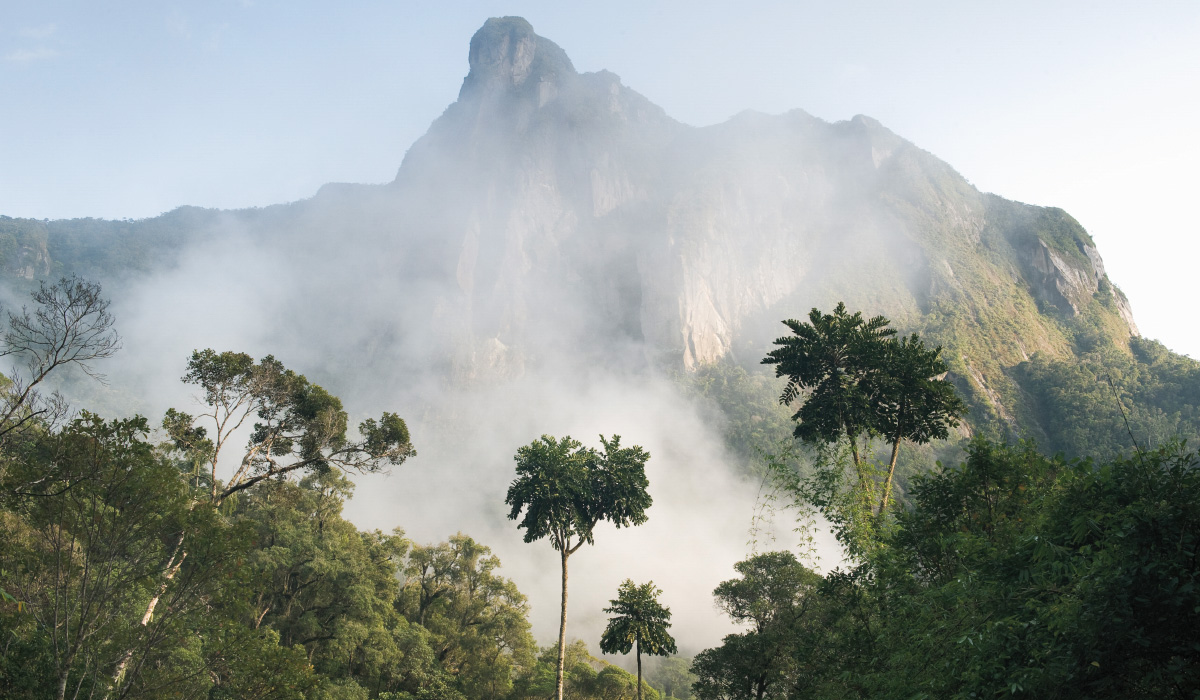- Duke Magazine »
- Writers »
- Karl Leif Bates
ARTICLES BY Karl Leif Bates
-
November 24, 2021
-
June 1, 2016
-
May 1, 2015
-
May 1, 2015
-
April 29, 2015
-
November 14, 2013
-
November 30, 2011
-
October 1, 2010
-
April 1, 2009
-
April 1, 2009
-
April 1, 2009






![More alike than not: Evolutionary biologist Wray explores why we’re so different from animals such as the chimpanzee despite having mostly similar genes. [photos: Chris Hildreth]](https://alumni.duke.edu/sites/default/files/dm-main-images/111211_evolution1.jpg)

